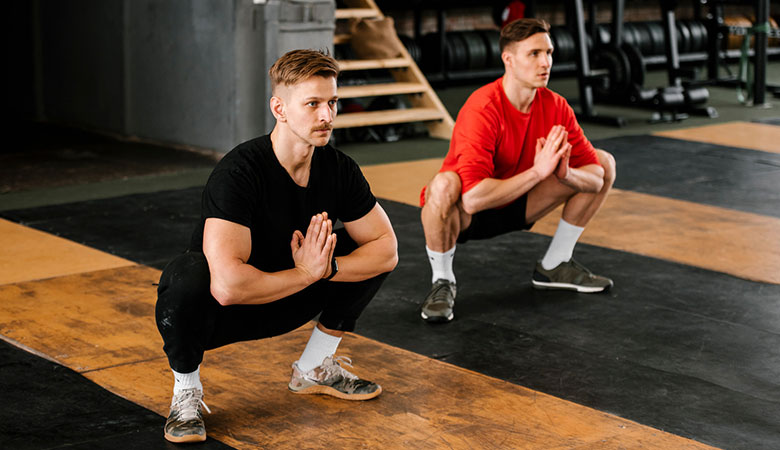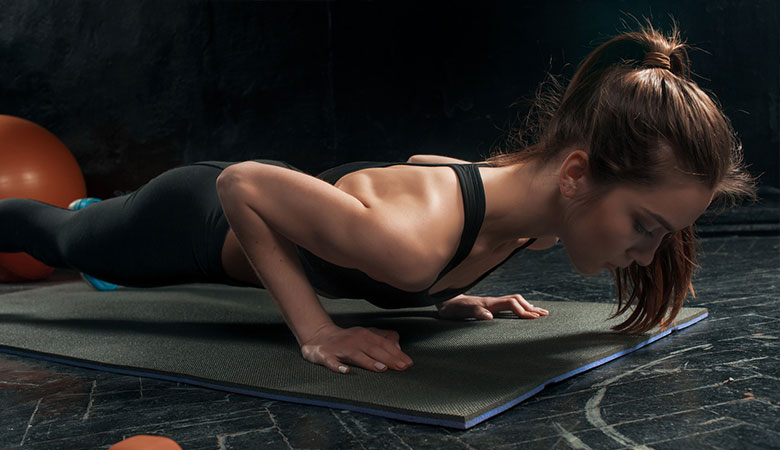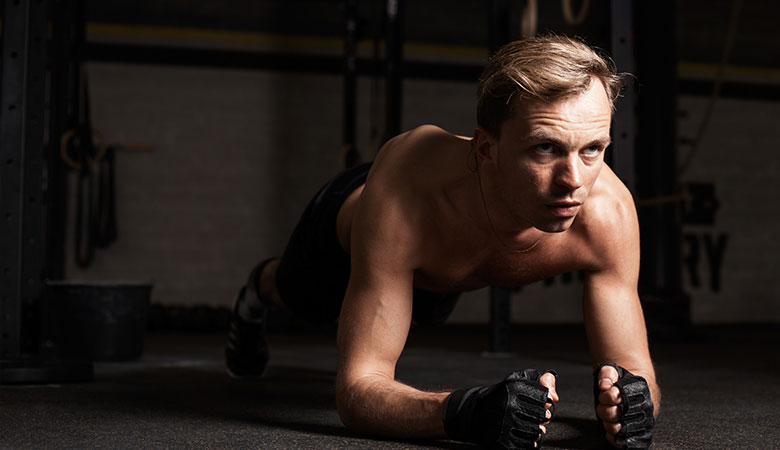
Incorporating a comprehensive and thorough warmup routine into your workout is vital for any athlete, whether you’re an amateur gym goer or a professional competitor. Without allowing your body to warm up properly before strenuous physical activity, you put yourself at serious risk of injury.
Even if you don’t suffer an immediate issue, the long term effects of working out without the correct preparation cause damage to your muscles, ligaments and joints over time, and can result in long term health issues which can have significant consequences for your mobility and quality of life.
But beyond simply preventing harm, warmups also have the potential to positively impact your training regime and the results you achieve – specifically a form of warmup called activation exercises.
Table of Contents
How Activation Exercises Work
Activation exercises are a targeted method for warming up before a workout which focus not only on the specific muscles you’ll be using, but on the precise range of movements which will be involved in the main workout, the direction in which load will be placed on your muscles, the distance to which your joints will extend, and so on. You can think of it as a rehearsal for the main event.
The key benefits to activation exercises go beyond simply protecting yourself against injury. They ensure that the muscles, joints and ligaments which will be called into play in your specific workout are prepared in the specific context in which you will use them.
In addition, they raise the blood supply and, therefore, the oxygen levels in those muscles, as well as allowing you to mentally prepare by reviewing and practicing your form without a full muscle load.
Activation exercises can be performed with bodyweight alone, or for added support and greater activation of the muscles, with the use of a resistance band set, such as this: https://victoremgear.com/products/pull-up-assist-band.
Matching the Activation Exercise to the Workout
Every type of workout has specific activation exercises that are appropriate to use in preparation. Matching the right activation exercise routine to the corresponding workout is crucial in order to maximize the benefits, both in terms of preparedness and performance.
In strength training, there are five main types of activity within which most exercises can be categorized. Each one has its own recommended set of activation exercises matched to the physical demands of that workout. Those basic activities are squatting, hinging, pushing, pulling, and core work.
Let’s look at each area, examine the main workouts associated with each, and match them with the best choice of activation exercise.
Squatting – (e.g. squats, leg presses, lunges)

These types of workout place maximum load on the muscles of the lower body, including the glutes, quadrilaterals and calves. In order to maximize your performance, you need to ensure that all of these major muscle groups are loosened up and oxygenated before you start your first set.
The best activation exercise for this type of workout is bodyweight or banded squat. If you’re going to be using a resistance band for the main workout, you may want to use a lower tension band for the activation exercise to gradually introduce load to your muscles. If you’re preparing to use a weight machine, you may want to activate your muscles using a slightly more resistant band.
Hinging – (e.g. deadlifts, hip hinges, kettlebell swings)
Hinging movements require both strength and flexibility, so the activation exercise you choose needs to both prepare your muscles, particularly the lower back and core muscle groups, as well as maximise your range of movement through stretching.
An ideal activation exercise which involves the relevant muscles groups is the resistance band deadlift. This allows you to concentrate on perfecting your form, which is vital to avoid injury when lifting a barbell, as well as preparing your muscles for the task ahead. Using a resistance band means that the load on your muscles varies in a controlled fashion throughout the exercise, so there’s no risk of overload.
Pushing – (e.g. bench presses, push ups, tricep dips)

These types of workout involve the upper body muscles of the arms and chest, specifically the triceps and pectorals, as well as the core. Preparing these muscles correctly is important, not just in terms of overall performance, but for control, particularly when using free weights.
The best activation exercise for these muscle groups is the push up, or for added difficulty (if you’re going to be lifting substantial weight) the resistance band push up. Adding a resistance band doesn’t only increase the difficulty, and therefore increase the blood flow to your pecs and triceps, but also helps you to complete the push ups in a controlled and gradual movement.
Pulling – (e.g. pull-ups, bicep curls, rowing)
Pulling exercises involve the upper back muscles, the shoulders and the biceps. You also need to prepare your joints and ligaments, as these exercises carry a higher risk of overstretching or tearing.
One of the best activation exercises to prepare for these types of workout is the resistance band row. It targets all the major muscle groups involved, as well as providing the opportunity to stretch your body and pretrain your muscles, joints and ligaments under a reduced and controlled load.
Core Work – (e.g. planks, hip raises, crunches)

Training your core is one of the most fundamental parts of any strength training regime. Without a properly developed core, you’ll be unable to complete many of the exercises mentioned previously without risk of injury. Your core is vital for stability and maintaining proper form.
To activate the core muscles, an ideal activation exercise is a plank. Once you’re capable of holding a standard plank for a minute or two, you might want to increase the difficulty by adding a resistance band to further prepare and oxygenate the muscles of your trunk. The activation exercises mentioned above are a perfect starting point for you to explore and adapt your warmup program to better target the specific exercises you do. The more closely matched your activation phase is to your workout phase, the better your results will be.
